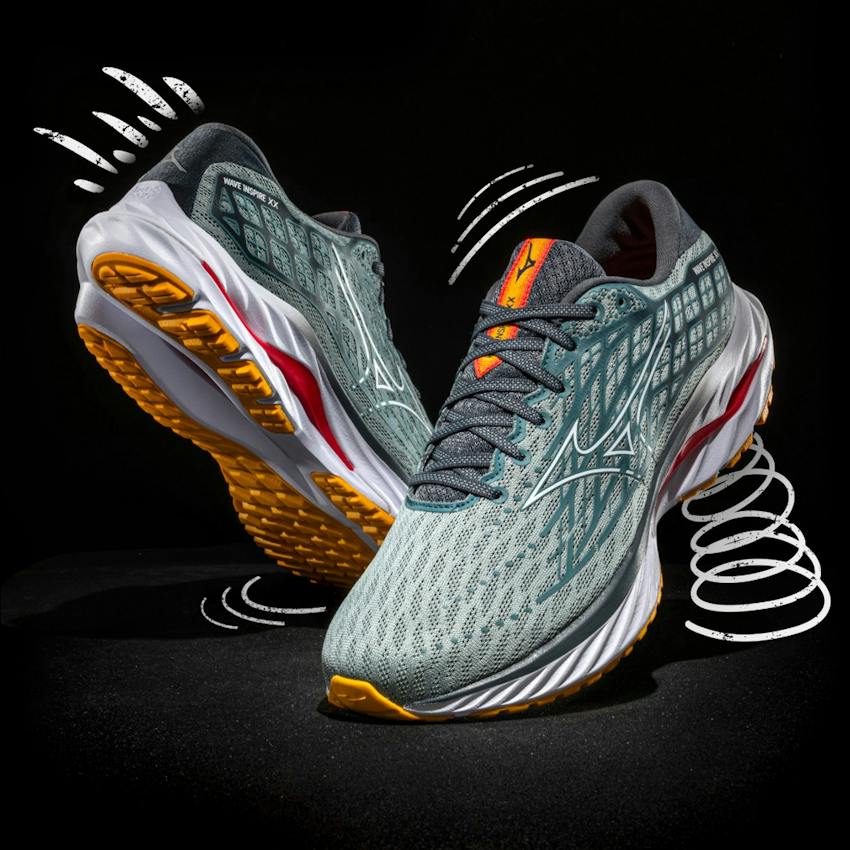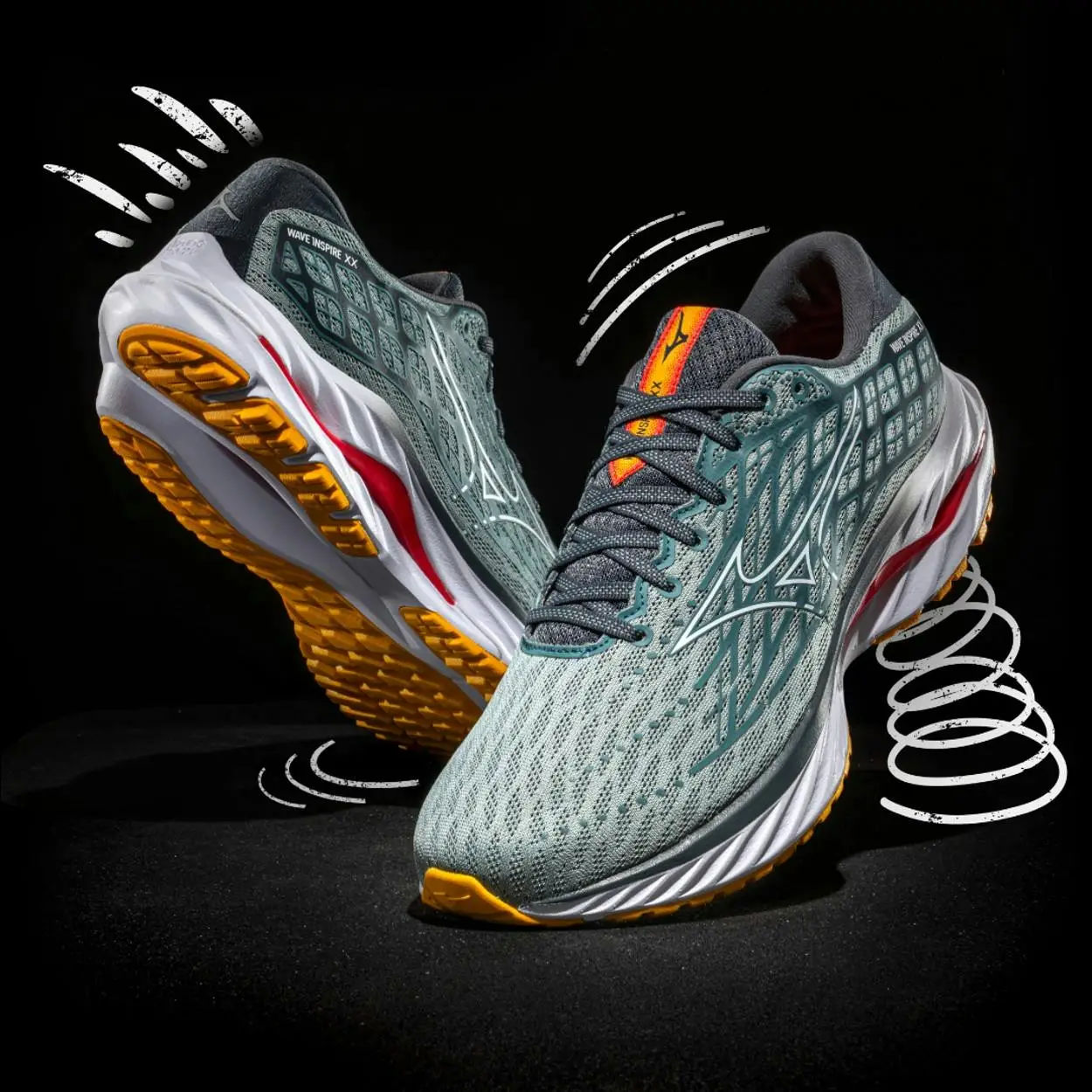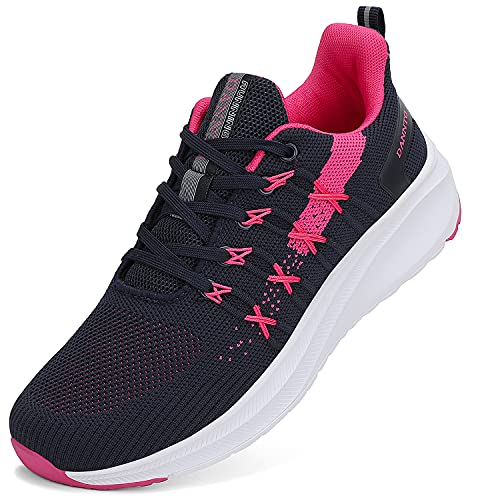Now Reading: Supportive Running Shoes for Knee Health
-
01
Supportive Running Shoes for Knee Health
Supportive Running Shoes for Knee Health

Running is a popular form of exercise that provides numerous physical and mental health benefits. However, for some individuals, running can put excessive strain on their knees and lead to discomfort or injuries. This is where having the right pair of running shoes becomes crucial.
Choosing the best running shoes with proper support for your knees is essential to prevent or manage knee pain and injuries. In this blog post, we will discuss the importance of supportive running shoes for knee health and how to choose the right pair for you. We will also explore the features to look for in a knee-friendly running shoe, the benefits of running with supportive shoes, common running injuries and how to prevent them, tips for maintaining knee health while running, and additional strategies for knee support while running.
Choosing the Right Running Shoes for Knee Support

When it comes to choosing the best running shoes for knee support, there are a few key factors to consider. These include your running style, foot shape, and any existing knee issues or vulnerabilities. Let’s dive into each of these factors in detail.
Running Style
The first step in choosing the right running shoes for knee support is to assess your running style. There are three main types of running styles: neutral, overpronation, and supination.
- Neutral: This is when your foot strikes the ground evenly between the heel and the ball of your foot, with a slight inward roll.
- Overpronation: This is when your foot rolls excessively inward when landing, putting extra strain on your knee.
- Supination: This is when your foot rolls excessively outward when landing, leading to less shock absorption and increased pressure on the outer edge of your foot.
It’s essential to know your running style because different types of running shoes offer support for specific foot movements. For example, if you have overpronation, you may benefit from stability or motion control shoes that help correct your foot’s inward roll. On the other hand, if you have supination, you may need cushioned shoes that provide shock absorption and reduce pressure on your knee.
Foot Shape
Another important factor to consider when choosing running shoes for knee support is your foot shape. Some people have flat feet, while others have high arches. It’s crucial to know your foot shape because it affects the way your feet absorb shock while running.
Flat feet have little to no arch, which can cause overpronation and lead to knee pain or injuries. In this case, stability or motion control shoes with added arch support can help correct your foot’s inward roll and reduce stress on your knee.
High arches have a more pronounced arch, which can result in supination and put extra strain on your knees. For individuals with high arches, well-cushioned shoes with a curved shape can provide the necessary shock absorption and reduce pressure on the outer edge of the foot.
Existing Knee Issues or Vulnerabilities
If you already have knee issues or vulnerabilities, it’s essential to choose running shoes that offer adequate support and protection. For example, if you have knee osteoarthritis, you may benefit from shoes with added cushioning to reduce impact and pressure on your joints. On the other hand, if you have patellofemoral pain syndrome (PFPS), you may need shoes that provide stability and prevent excessive inward rolling of your foot.
Features to Look for in a Knee-Friendly Running Shoe

Now that we have discussed the factors to consider when choosing running shoes for knee support let’s look at the specific features that make a shoe suitable for individuals with knee issues.
Cushioning
As mentioned earlier, cushioning is essential for reducing impact and pressure on your knees while running. Therefore, look for running shoes with ample cushioning in the midsole and outsole. The midsole is the layer between your foot and the ground, while the outsole is the portion that comes in direct contact with the ground. Adequate cushioning will absorb shock and reduce stress on your knees.
Arch Support
For individuals with flat feet, arch support is crucial to prevent overpronation and knee pain or injuries. Running shoes with built-in arch support can help correct your foot’s inward roll and provide stability while running. Alternatively, you can also purchase inserts with arch support and place them inside your shoes for added comfort and support.
Stability
If you have overpronation or any other instability issues with your feet, look for running shoes with stability features. These shoes typically have a firmer midsole and heel counter, which helps control excessive inward rolling of the foot. This, in turn, can alleviate pressure on your knees and prevent injuries.
Motion Control
Similar to stability shoes, motion control shoes are designed for individuals with severe overpronation or other gait abnormalities. These shoes have a sturdier and more rigid design than stability shoes, providing maximum control and support for your foot while running. If you have significant knee issues resulting from overpronation, motion control shoes may be the best choice for you.
The Benefits of Running with Supportive Shoes

Now that we’ve covered the important features to look for in a knee-friendly running shoe let’s explore the benefits of running with supportive shoes.
Reduced Risk of Injuries
One of the most significant benefits of wearing supportive running shoes is the reduced risk of injuries. These shoes are specifically designed to protect your feet and knees from the impact of running by providing proper cushioning, support, and stability. This reduces the strain on your joints, muscles, and ligaments, decreasing the likelihood of injuries such as runner’s knee, shin splints, or Achilles tendinitis.
Improved Comfort and Performance
Running with supportive shoes can also enhance your overall comfort and performance. The proper cushioning, arch support, and stability in these shoes provide a more comfortable and stable platform for your feet, allowing you to run longer and faster without discomfort or pain.
Better Biomechanics
Wearing the right running shoes can improve your running biomechanics by correcting any gait abnormalities or foot imbalances. This, in turn, can lead to a more natural and efficient running stride, reducing the risk of injuries and improving your overall performance.
Common Running Injuries and How to Prevent Them
Despite taking all necessary precautions and wearing supportive running shoes, there is still a chance of getting injured while running. Some common running injuries that can affect your knees include:
- Runner’s knee: Also known as patellofemoral pain syndrome, this is a common overuse injury that results from improper tracking of the kneecap. It causes pain around or behind the kneecap, especially when bending or squatting.
- Iliotibial (IT) band syndrome: IT band syndrome occurs when the iliotibial band, a thick band of tissue running along the outside of your thigh, becomes inflamed due to overuse. This can cause sharp pain on the outside of the knee.
- Patellar tendinitis: Also known as jumper’s knee, this injury occurs when the tendon connecting the kneecap to the shinbone becomes inflamed due to overuse. This can cause pain and tenderness at the base of the kneecap.
- Meniscus tear: The meniscus is a piece of cartilage that acts as a shock absorber between the thighbone and the shinbone. It can tear due to sudden twisting or repetitive stress, causing pain and swelling in the knee.
To prevent these and other common running injuries, it’s essential to take good care of your knees and use proper techniques and equipment while running. Some steps you can take to prevent knee injuries include:
- Wearing the right running shoes that provide adequate support for your feet and knees.
- Gradually increasing your mileage and intensity to avoid overuse injuries.
- Practicing proper running form, including keeping your knees slightly bent and aligned with your feet.
- Doing strength and flexibility exercises to strengthen the muscles around your knees and prevent imbalances.
- Avoiding running on uneven or hard surfaces that can put excessive strain on your joints.
- Taking rest days and listening to your body if you experience any pain or discomfort.
Tips for Maintaining Knee Health While Running
Besides wearing supportive running shoes and preventing injuries, there are other ways to maintain good knee health while running. These include:
Proper Warm-Up and Cool-Down
Before starting your run, it’s essential to warm up your muscles and prepare your body for exercise. This helps increase blood flow, raise your body temperature, and loosen up your muscles, reducing the risk of injuries. Similarly, cooling down after a run can help reduce muscle soreness and stiffness.
Cross-Train
Cross-training involves incorporating different types of physical activities into your workout routine. This can help give your knees a break from the repetitive motions of running, allowing them to recover and heal while still maintaining fitness.
Follow a Healthy Diet
Eating a well-balanced diet that includes anti-inflammatory foods can also promote knee health. Foods such as fatty fish, leafy greens, nuts, and seeds contain nutrients that can help reduce inflammation in your joints and improve overall joint health.
Additional Strategies for Knee Support While Running
In addition to wearing supportive running shoes and taking care of your knees, there are other strategies you can use to provide extra support for your knees while running.
Compression Sleeves or Taping
Using compression sleeves or taping your knee can provide additional support and help reduce pain and inflammation while running. These options work by applying pressure to the knee, which can improve blood flow and reduce swelling.
Orthotic Inserts
Orthotic inserts are specially designed shoe inserts that provide support and correct imbalances in your feet while running. They can be used for various foot conditions, including overpronation or high arches, to improve comfort and prevent injuries.
Conclusion: Making the Right Choice for Your Knees
In conclusion, choosing the best running shoes with proper support for your knees is crucial for maintaining good knee health and preventing injuries. It’s essential to consider your running style, foot shape, and any existing knee issues when selecting the right pair of shoes. Look for features such as cushioning, arch support, stability, and motion control to find a shoe that suits your needs.
In addition to wearing supportive running shoes, it’s also important to take care of your knees by practicing proper form, gradually increasing mileage and intensity, and listening to your body. Cross-training, following a healthy diet, and using additional strategies such as compression sleeves or orthotic inserts can also provide extra support for your knees while running.
Remember, investing in a good pair of running shoes now can save you from potential knee problems in the future. So, lace up your supportive shoes and hit the pavement for a safe and enjoyable run!



















